9 things you never knew you could do with smart lights
Here are 9 ways you can get the most out of your smart lights

The best smart light bulbs can make a significant difference to your home. Above all, they introduce convenience you never knew you could have. Gone are the days of flicking switches or worrying about leaving lights on at night — the latter being an important way to lower your energy bills this summer. Plus, smart light bulbs use less energy in general versus traditional incandescent bulbs (see our light bulb guide for full details), so there’s little reason not to have them.
But, did you know that smart lights are capable of much more than just hands-free convenience? With a bit of creativity, they can be used to take your smart home to the next level. We’ve pulled together a list of 9 things you never knew you could do with your smart light bulbs, so you can take advantage if you haven’t already.
1. Deter thieves
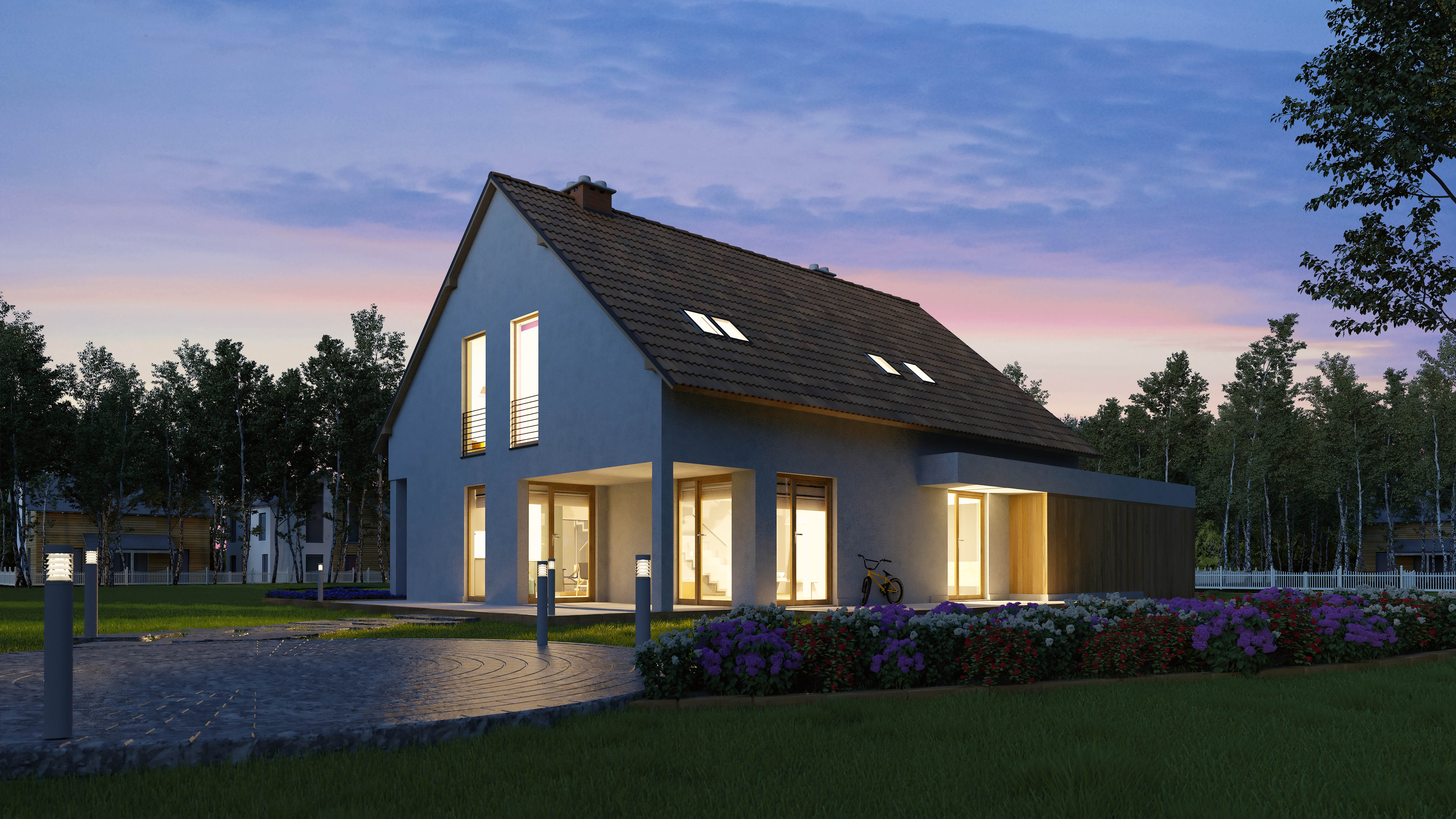
This point is likely the most well-known, but it’s definitely still worth mentioning. You can set a schedule for your smart lights so you’re sure of when they will switch on and off. You could set them to switch off all at once while you’re at work, or you could be more selective to make sure certain rooms aren’t wasting electricity while you’re at home. This feature is a great way to save energy because it limits unnecessary use.
Schedules are also a great way to deter thieves at night while you’re away. Philips Hue lights can even be set to randomly alternate to make it look as though you’re moving between rooms. You can access this feature on the Philips Hue app via the Routines settings, after which you need to click on Other Routines, and then finally select the option for the lights to change at random times.
2. Improve your movie night
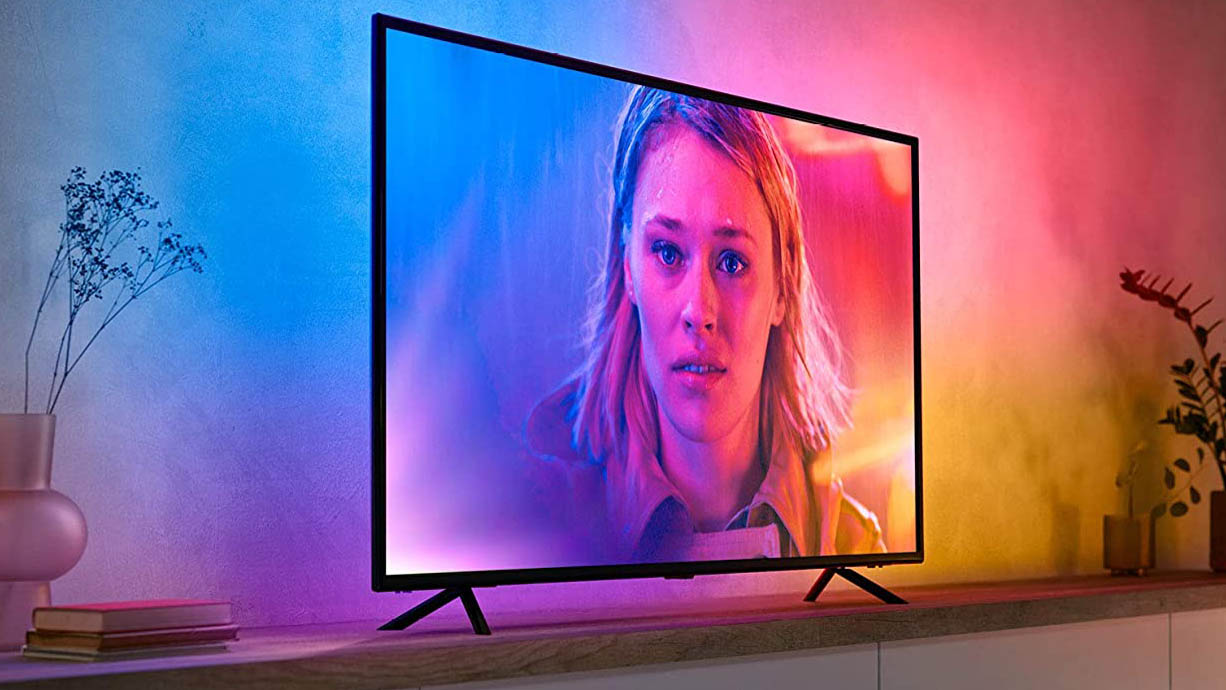
Certain smart lights can be used to accentuate and highlight your movies by syncing them to the TV. Philips Hue sells dedicated light strips ($298, Amazon) which can be applied to the back of your tv for the best effect, although you will need a Hue Sync Box to use it. Once connected, your smart lights will then reflect the colors of your movies to provide a more theatrical experience.
That means you can have a much more captivating gaming experience as well if you play via the TV.
3. Shine a light on your music
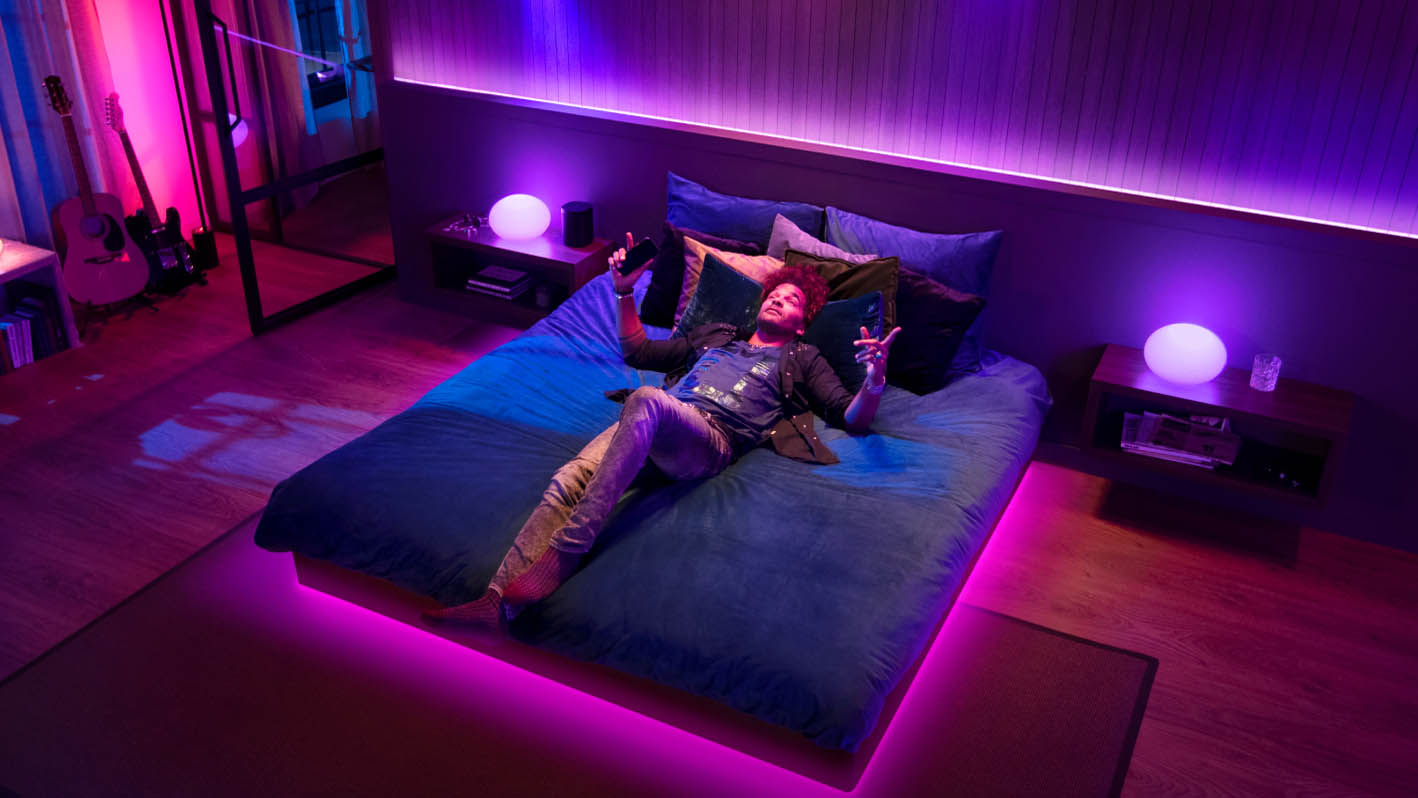
If you love to immerse yourself in music, then this feature might be of interest. Certain smart lights can be configured to listen and ‘dance’ to reflect the music you play, both in rhythm and tempo. This is particularly useful if you want to set the mood for a party or even if you want to immerse yourself in sound as you try to relax.
Sign up to get the BEST of Tom's Guide direct to your inbox.
Get instant access to breaking news, the hottest reviews, great deals and helpful tips.
Plenty of brands offer this feature, but if you own Philips Hue bulbs, there are a few ways to access this option. First, if you have a Spotify account, you can just use the Sync tab in the Philips Hue app. You can also use the Hue Sync desktop app if you’re playing sound from your computer. If you’ve already got a Hue Sync box, you can also set that to sync the lights to sound. With Philips Hue you can also customize how your smart lights will sync to the music, in terms of intensity and brightness.
4. Link up your lights to motion sensors
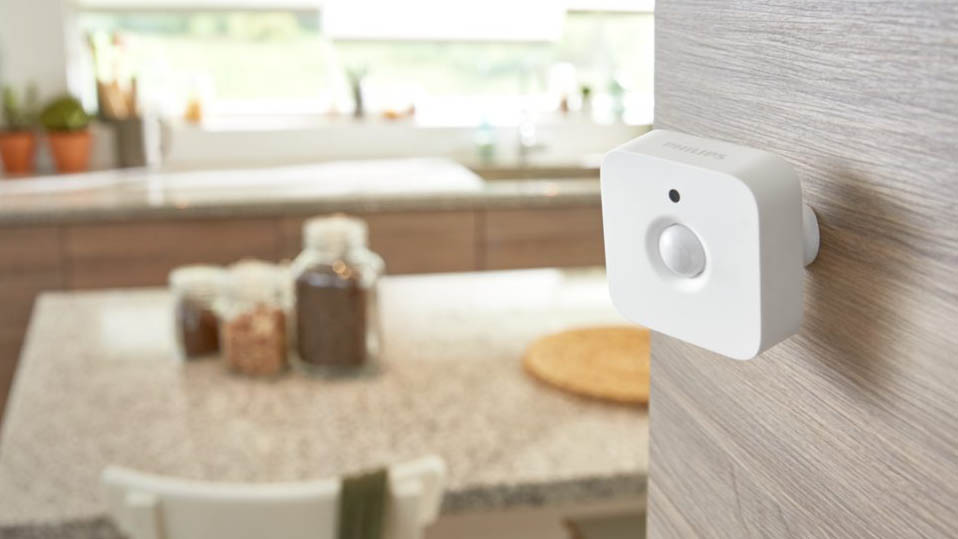
Want to eliminate the need for light switches completely? You can buy dedicated motion sensors to save you the hassle if you’re making a late-night bathroom trip or just coming back from a hard day at the office. Motion sensors are another great way to save energy around the home too, as the lights will only illuminate when necessary and switch off once you leave the room.
Motion sensors are also ideal if someone tries to break in while you’re away. They can communicate with your smart lights, which you can set to flash and alert the intruder, potentially deterring them. Philips Hue has a dedicated motion sensor which is widely available ($44, Amazon).
5. Set alerts
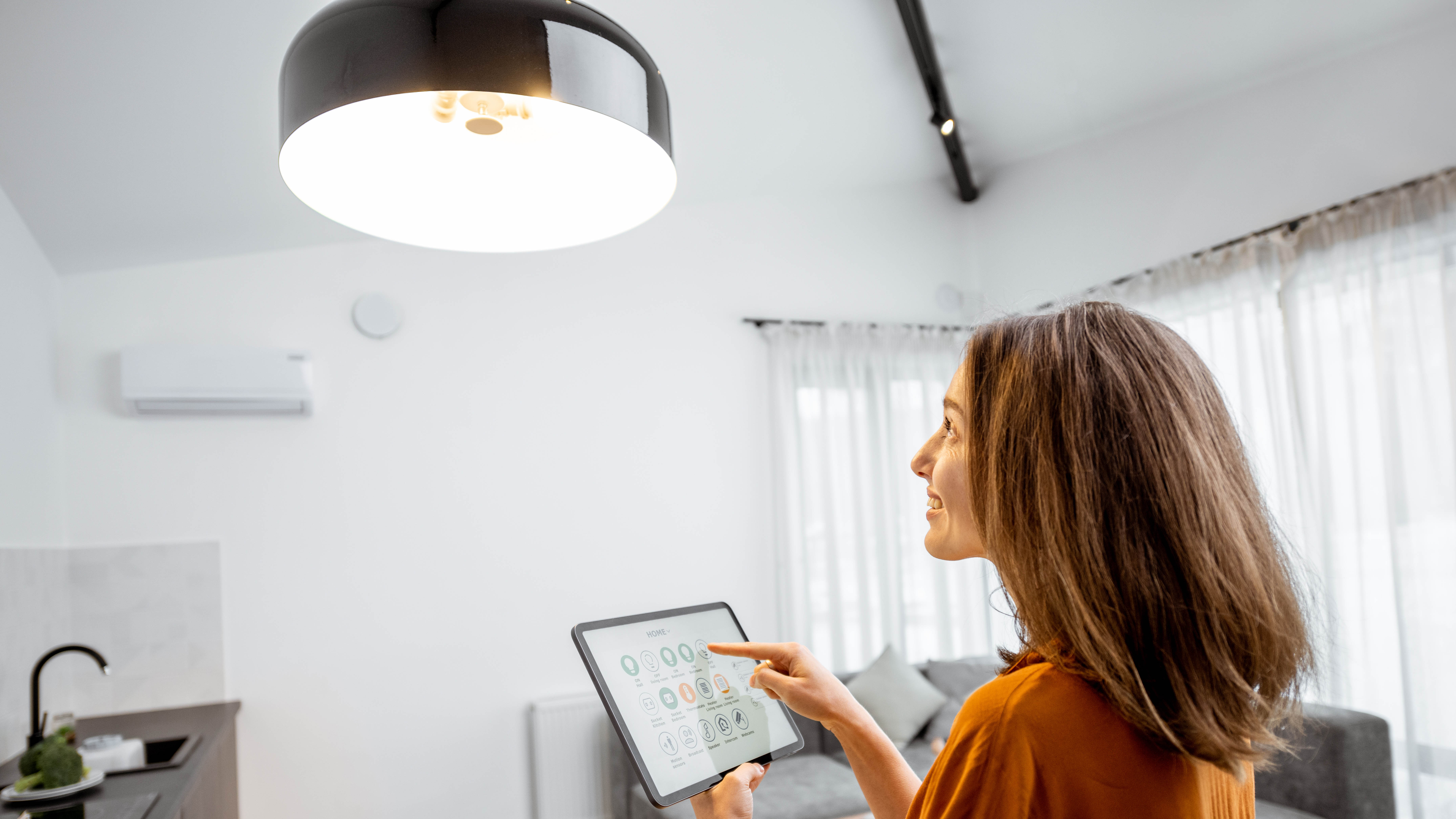
Did you know that you can set your smart lights to notify you when you get an email or a text message? This is particularly useful if you want a quiet household or prefer not to constantly check your phone.
You just need to create an IFTTT account, if you don’t have one already. Then, after connecting your smart light system, select New Applet on your avatar, and then choose your email, or text messages, or whatever as the trigger. You can then set your smart lights to blink or even change color when there’s a notification.
6. Set a timer
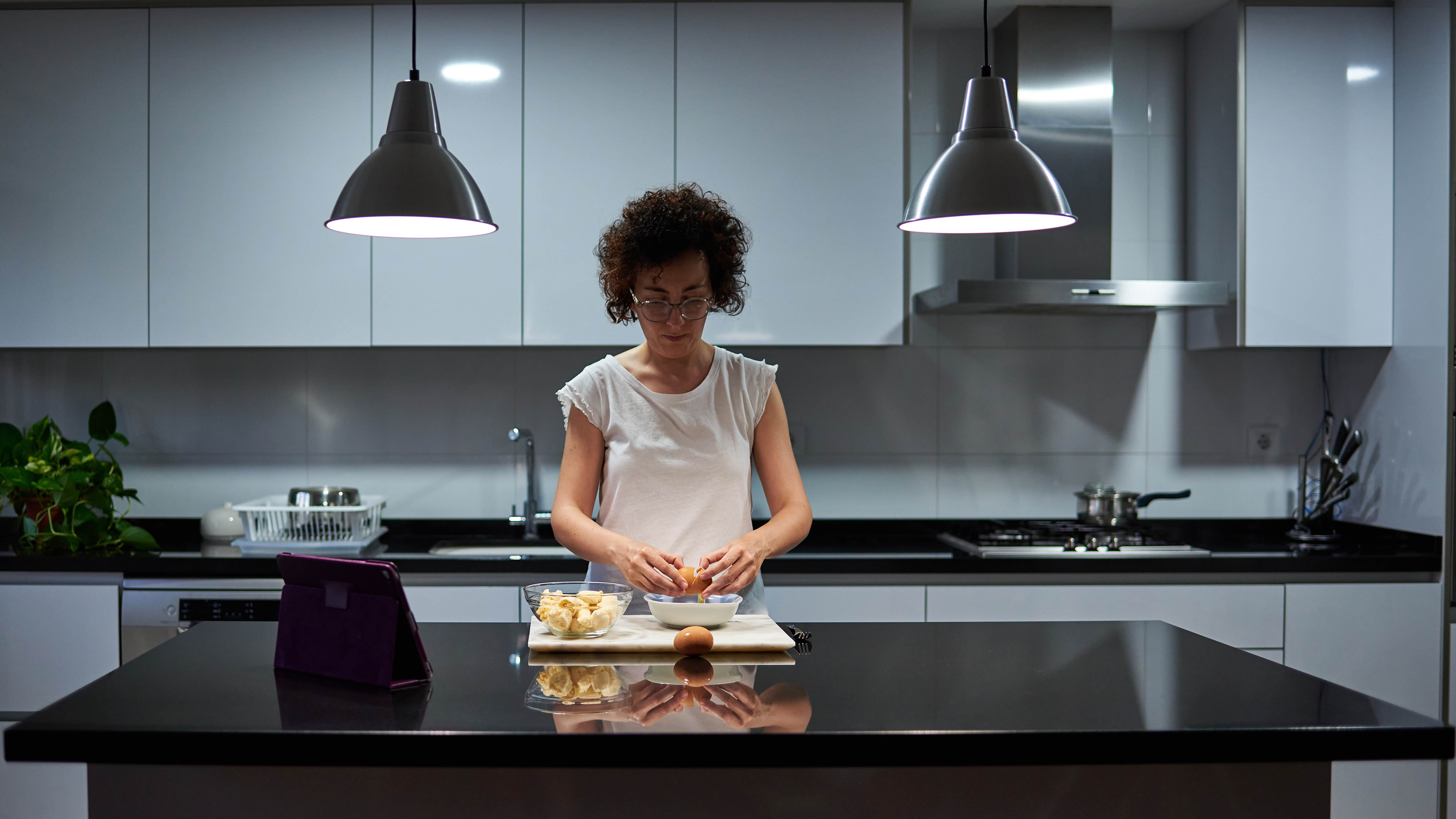
Similarly to alerts, you can also set timers using the Philips Hue bulbs. You can arrange for just one light to alert you, or set all of them to blink or change color once time’s up. This can be useful if you’ve got your hands full in the kitchen and don’t want to disturb people in the next room.
To access the timer function on Philips Hue bulbs, go to the Routines setting and then select Timers to set up.
7. Calm yourself
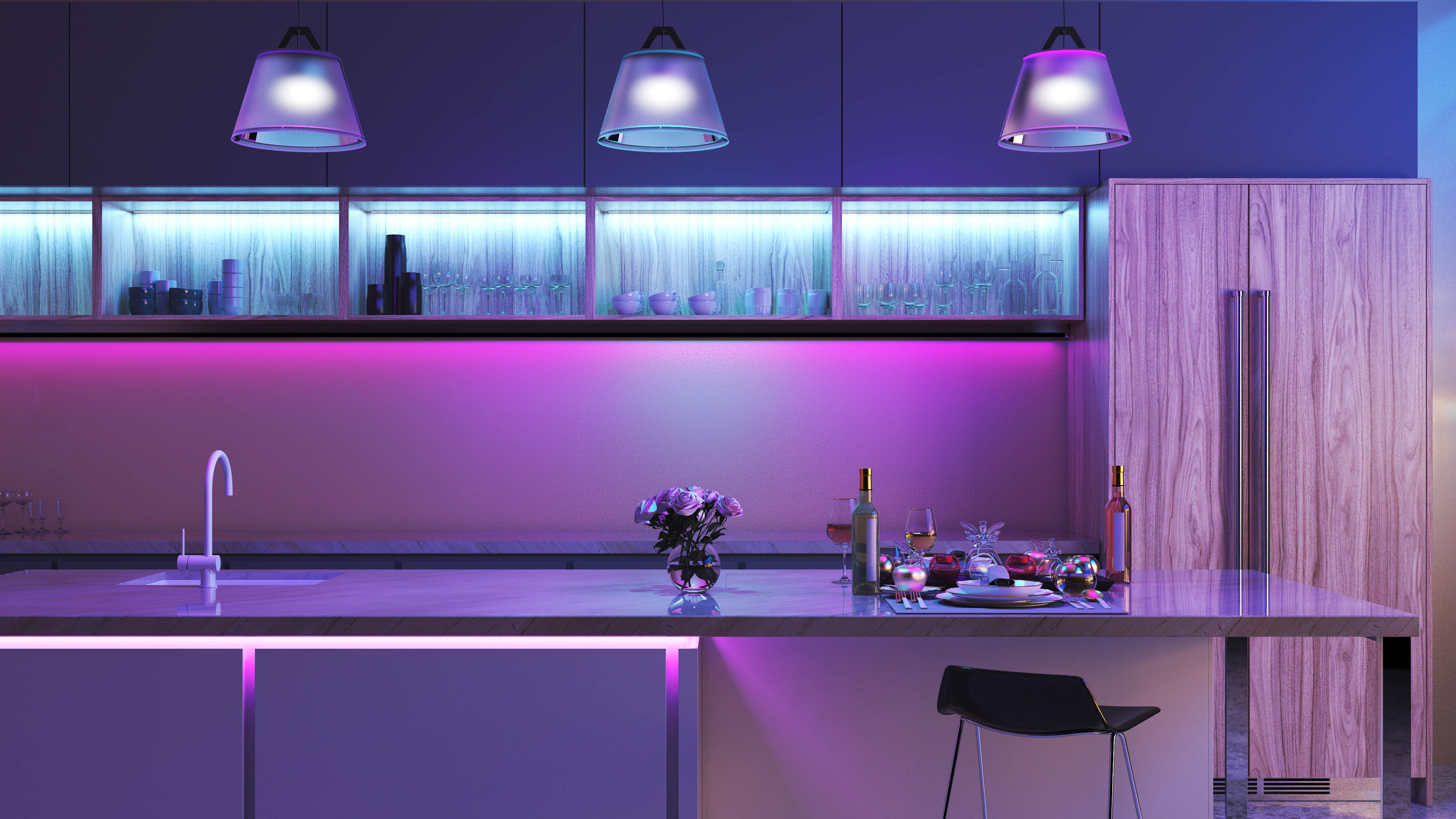
If you’ve had a trying day and need some time to relax, smart lights can make a big difference. Find your favorite colors which help create a calming environment — these should be warm rather than cool colors, such as blues and reds. Then keep them saved and use them when needed around the home, such as while practicing yoga or taking a soothing bath.
It’s a good idea to incorporate these colors into your bedroom as well to help you wind down at night. Above all, avoid cool, fluorescent light, as this will be counter-productive.
8. Imitate the weather
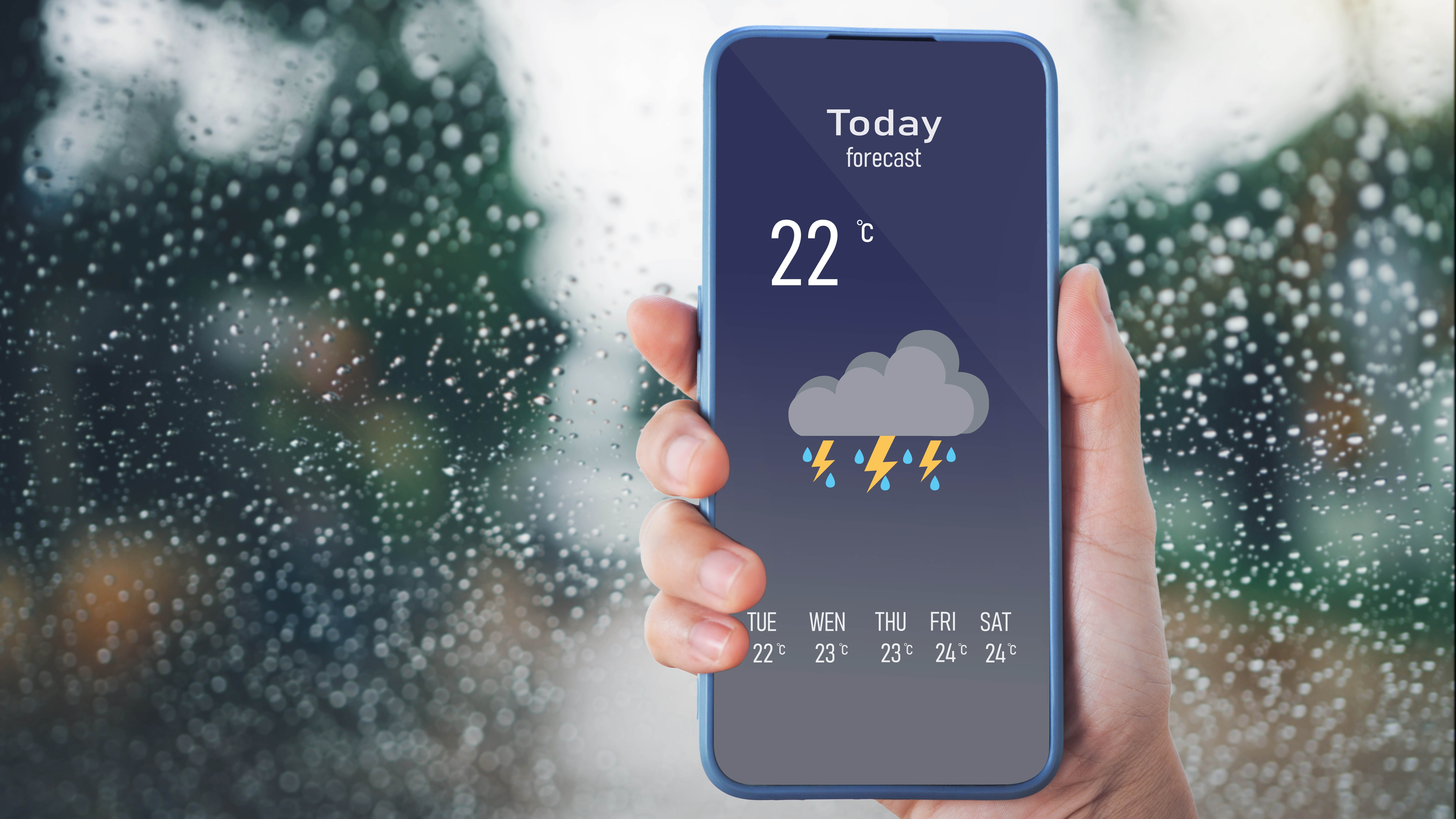
If you want a bit of fun with your smart lights, you can set them to sync with the weather. Some smart lights can do this via their own apps, while others may need to use IFTTT Applets and weather-related services. Once synced, your lights will turn blue when it rains and yellow when the sun shines.
This can be a useful visual indicator in the mornings if you’re in a rush. You then know how to dress without even looking out the window.
9. Rise and shine with smart lights
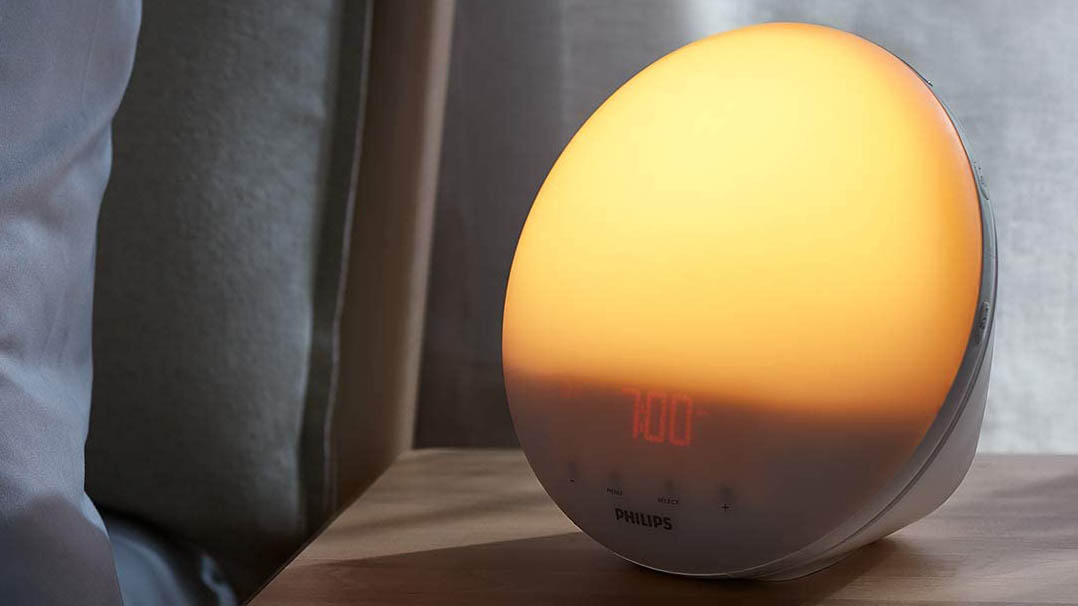
If you need a hand nodding off at night, or waking up in the morning, smart lights can help here too. Philips Hue offers its own Go To Sleep Routine which will dim the lights slowly based on a set time. This means your room will gradually fade to darkness once you’re in bed, mimicking a sunset.
It can repeat this process in reverse first thing in the morning as well, to help you wake up slowly and naturally. This is definitely preferable to the typical piercing alarm clock.
In fact, I turned this smart light into a sunrise alarm clock — and it’s a game changer.
You might also want to check out the best smart home devices, the best smart home hubs and the best smart light switches.

Katie Mortram used to be a Homes Editor for Tom's Guide, where she oversaw everything from kitchen appliances to gardening tools, as well as smart home tech. Specializing in providing expert advice for cleaning and home manintenance, she now works as Household Advice Editor for Good Housekeeping.
